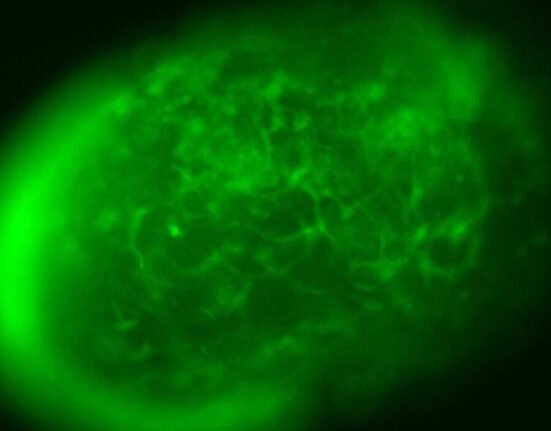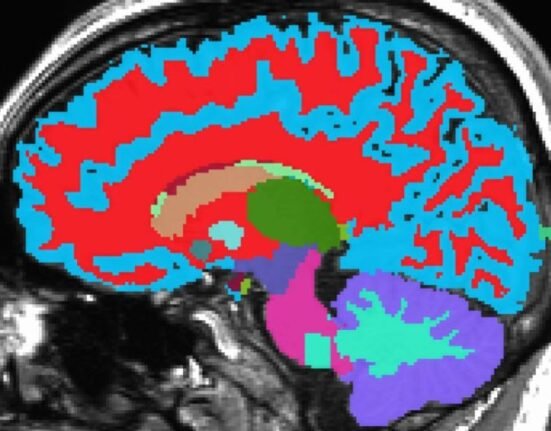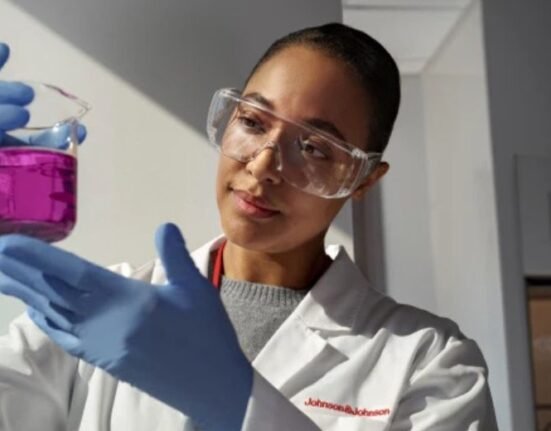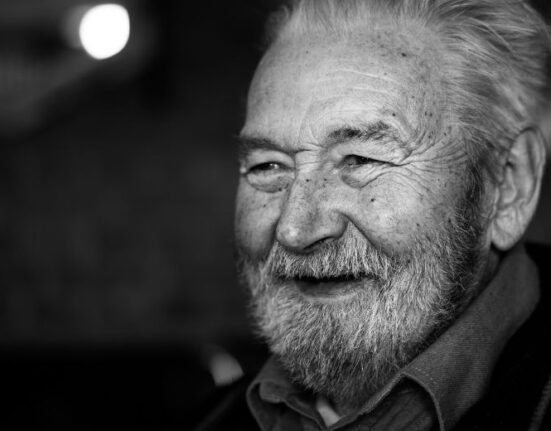HQ Team
May 14, 2025: Mice treated with a special protein called Klotho for a year showed marked improvements in longevity and physical health, opening up potential therapies for humans.
The research on mice, to raise levels of the natural protein in the body, was led by Professor Miguel Chillón at the Institute of Neurosciences of the Autonomous University of Barcelona.
Ageing is a major risk factor for pathologies including sarcopenia, osteoporosis, and cognitive decline, which bring suffering, disability, and elevated economic and social costs.
Therefore, new therapies are needed to achieve healthy ageing, the authors wrote in the study published in Molecular Therapy.
The Klotho protein has emerged as a promising anti-ageing molecule due to its pleiotropic actions modulating insulin, insulin-like growth factor-1, and Wnt signalling pathways and reducing inflammatory and oxidative stress.
Secreted version
The researchers used a secreted version of Klotho, known as s-KL, in their experiments. The treatment improved physical fitness, related to a reduction in muscle fibrosis and an increase in muscular regenerative capacity and also improved bone microstructural parameters associated with osteoporosis.
The s-KL-treated mice exhibited increased cellular markers of adult neurogenesis and immune response, and revealed induced phagocytosis and immune cell activity in the aged hippocampus, a region crucial for memory and cognitive ability.
These results show the potential of elevating s-KL expression to simultaneously reduce the age-associated degeneration in multiple organs, increasing both life and health span, the authors wrote.
Studies suggest that Klotho may influence a wide range of biological processes by managing signals that affect inflammation and cell ageing.
The researchers used gene therapy vectors that prompted cells to produce s-KL over an extended period. These vectors included genetic instructions, and once inside the mice, the cells took over production of the protein.
Deficiency makes mice frail
The approach was designed to boost s-KL levels in both the brain and other areas of the body. This helped ensure that many of the organs linked to muscle, bone, and memory got the extra support.
The name Klotho first appeared in scientific journals in the late 1990s, when experiments showed that a deficiency of this protein made mice look older and more frail at younger ages.
“We have been working with the Klotho protein for some time, due to its therapeutic potential for treating neurodegenerative diseases,” Prof Chillón said. “In this study, we wanted to see whether s-KL could also be beneficial for healthy ageing by examining a broad range of factors.”
The results were different for male and female mice. Males showed clear gains in lifespan and muscle strength, while females responded more strongly in measures of bone structure, especially when treated earlier in life.
These differences might be tied to how male and female bodies process viral vectors or express the s-KL protein. Hormonal factors could also play a role, suggesting future human trials may need sex-specific strategies to get the best results.
Early childhood or middle age?
Mice given s-KL retained better muscle tissue composition, with less of the scarring often linked to older age. They also had stronger performance in tasks that tested endurance and coordination.
Weakened bones could signal danger in older adults, so it was surprising that s-KL seemed to keep the inner bone structure more intact.
This finding aligns with earlier observations that Klotho influences mineral balance in bone and may reduce the chances of fractures.
This finding raises important questions: Could middle age be a better window for intervention than early adulthood? If so, the timing of s-KL therapy in humans could be just as critical as the treatment itself.








